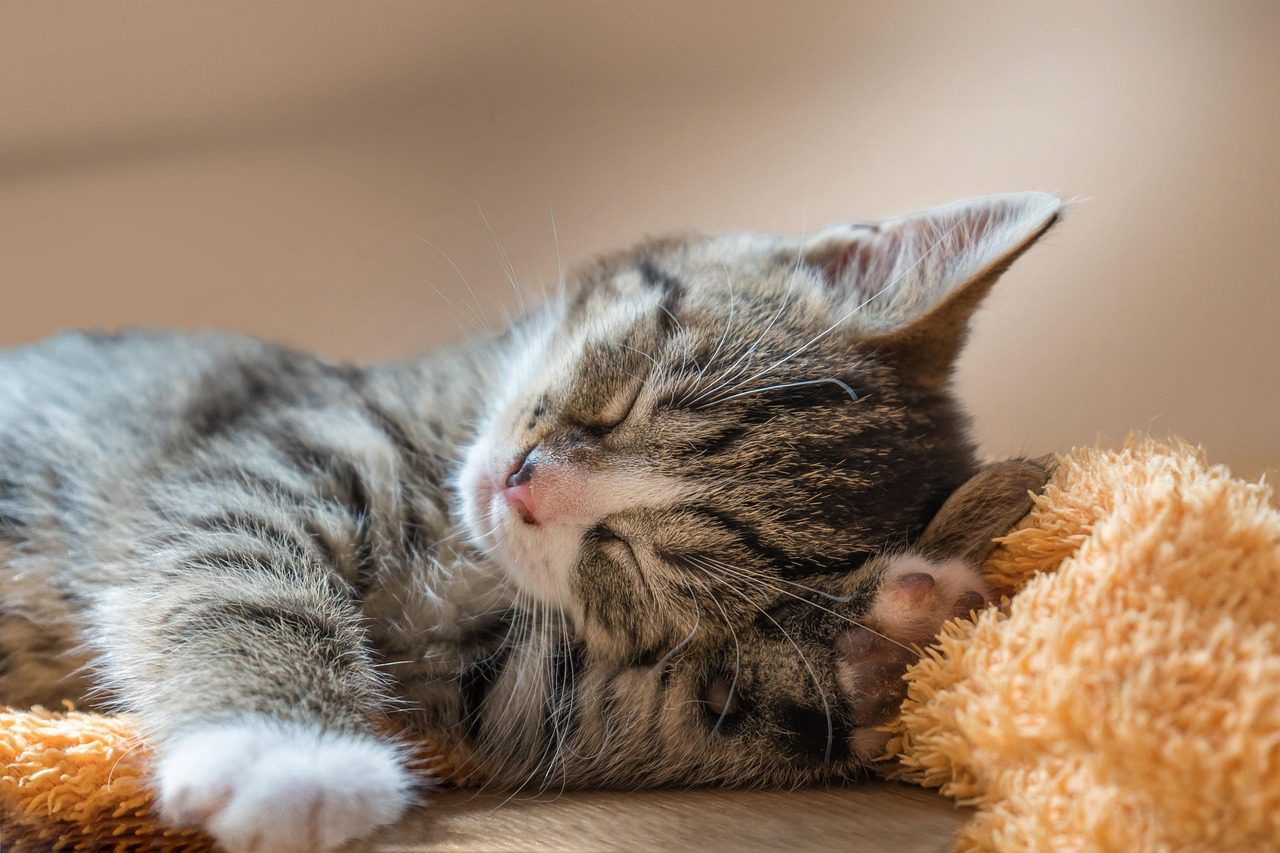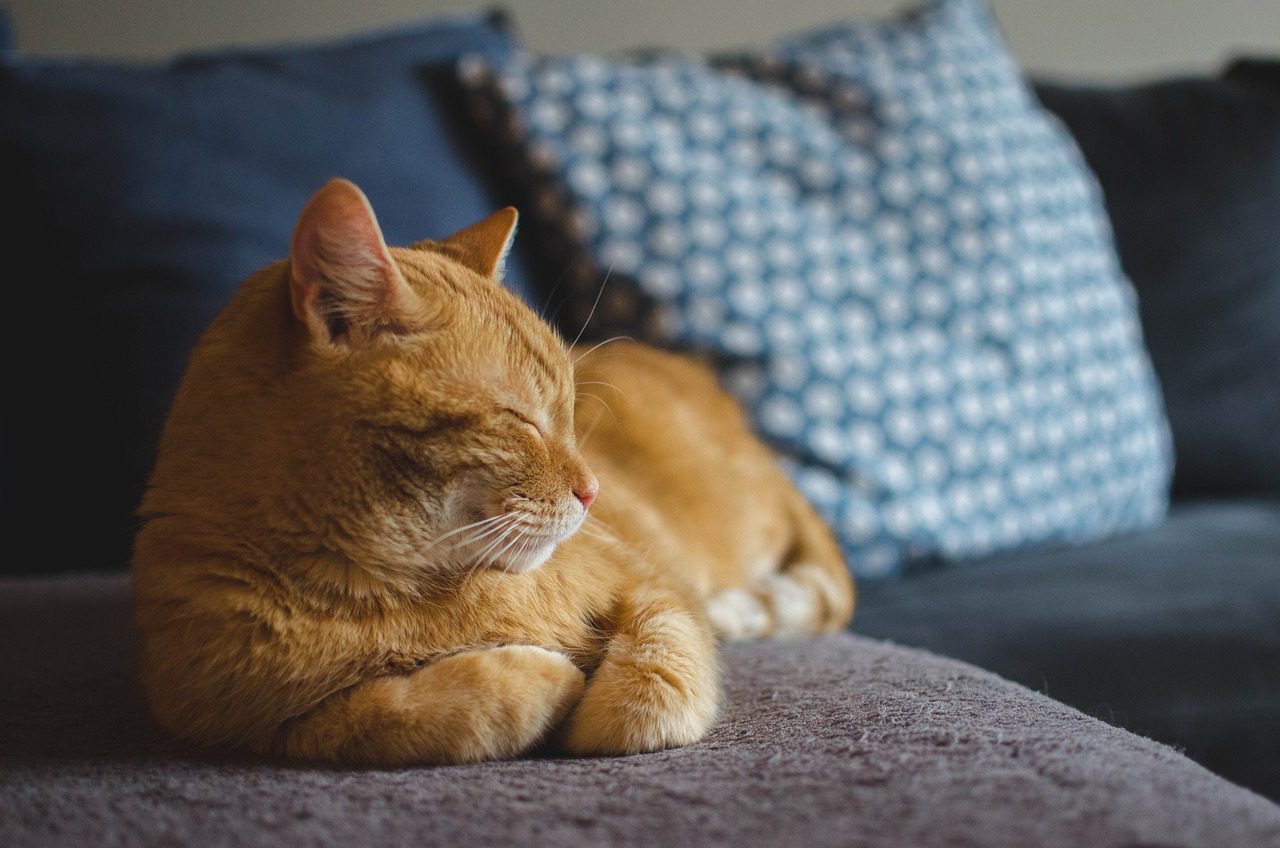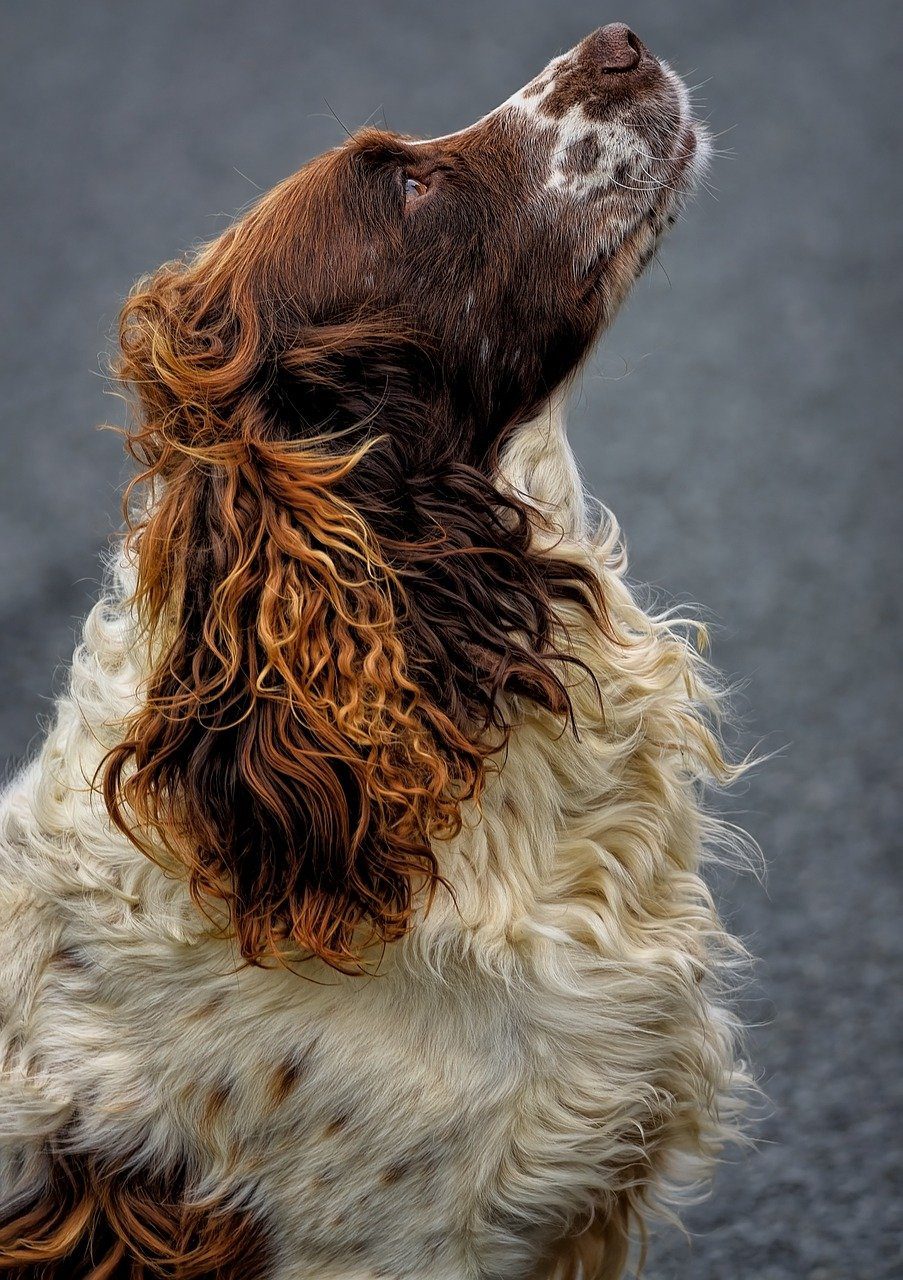A Hermann’s tortoise usually lives 50 years in captivity, and the record is over 100 years. Horsefield tortoises commonly live to 75 years, so their expected lifespan is similar to ours. It is not uncommon for tortoise owners to make provision for their pets in their Wills, just in case they outlive their human companion.
At this time of year tortoises are starting to come out of hibernation. Hibernation is the most difficult period of tortoise care, especially as there are around 300 breeds worldwide, some of whom would die if hibernated, and each needing different conditions.
New tortoise owners need to have done a great deal of research to ensure they can provide appropriate conditions for their reptile. If searching online, make sure to use a UK based website, not written by a pet shop, such as tortoise-protection-group.org.uk .
As cold-blooded creatures, all tortoises are completely dependent on the surrounding conditions to wake up, move, eat and digest. In the UK there are no indigent breeds naturally adapted to our conditions. So if we choose to keep a pet tortoise we must take complete responsibility for getting their conditions just right.
Most common pet tortoise breeds will hibernate best at 3-7 degrees, and will start to stir in March when the temperature rises to about 10 degrees or above. You should warm up your vivarium ready for them to use in cold or frosty days through April, as our British weather is too unreliable to leave them out in this weather.
Allow your tortoise to wake up gradually over several hours, and once he is moving vigorously, place him in a shallow bath for 20 minutes. The water should be lukewarm and renewed as it cools. Hopefully he will drink whilst bathing, and toilet. Then he should be hungry, so offer a food such as cucumber which has a high water content. Tortoises are at risk of dehydration after their long winter sleep.
Most tortoises eat within a few hours of waking and bathing. Any tortoise that fails to eat within seven days should be brought to see a reptile Vet.
You should check your chelonian friend over carefully once bathed and eaten. Look carefully at his mouth, ears, eyes, tail and scutes for any discolouration, discharge or issues. Very sadly I occasionally see Tortoises whose hibernating spot was not rodent free. They can suffer injuries to their limbs whilst they are asleep which can occasionally be appalling.
If healthy, maintain a twice a day for 20 minutes bathing routine for at least the first week, and hopefully you will have a vigorous summer and a very long life with your testudinal friend.
If you need advice on your tortoise’s post-hibernation care, please do get in touch with the team at The Mewes Vets on 01444 456886.




